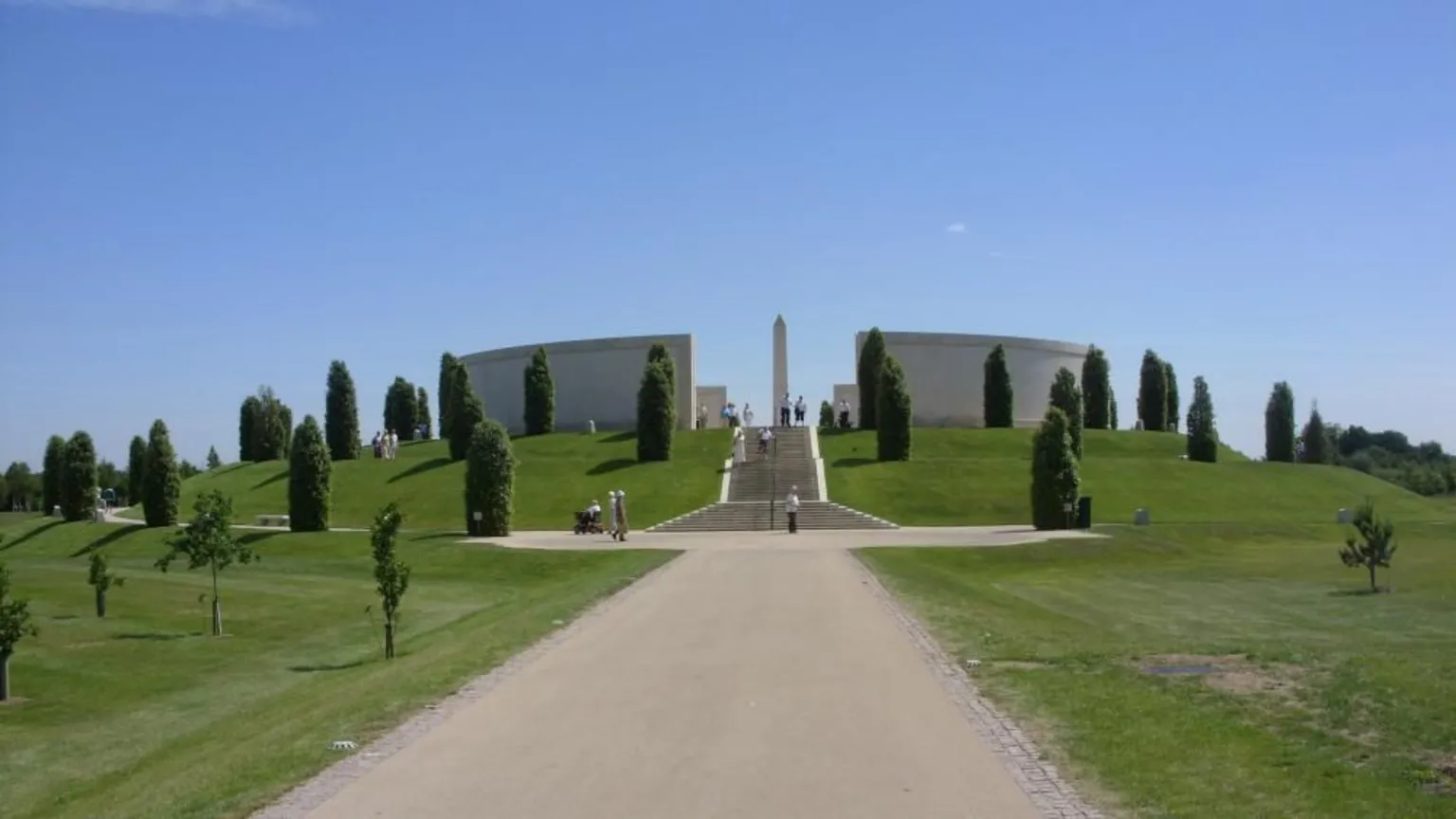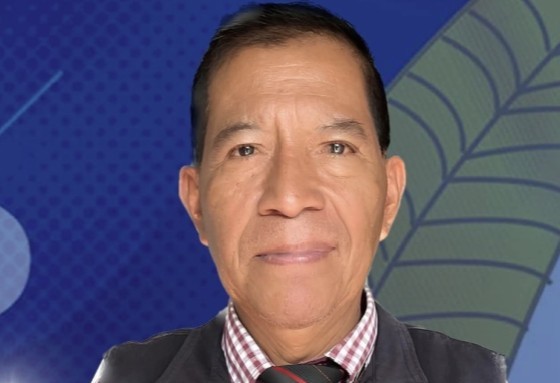
Veteran Correspondent Debora Patta Dismissed from CBS Amid Gaza Interview Controversy
November 2, 2025
Predators of the Press: Global Voices Unite Against Impunity
November 2, 2025November 02, 2025 – Brazil –
In the heart of the Pantanal wetlands, veteran local environmental correspondent Lucia Ferreira has spent weeks documenting an unprecedented outbreak of wildfires that threatens one of the world’s most biodiverse regions. Her accounts go beyond flame counts and satellite images to focus on firefighters on the front line, indigenous communities watching ancestral lands go up in smoke, and the urgent question of accountability in the face of climate change. According to recent reporting by the BBC, Ferreira’s work tracks the shifting conditions in the Pantanal, which have turned historically wet terrain into tinder-dry grasslands, providing fertile ground for fires.
Ferreira describes how ranchers and land-clearing operations, aided by hot winds and delayed rainfall, have created a perfect storm. In one field report, she walked through scorched undergrowth and told how the wind-carried embers leapfrog natural firebreaks. Her goal has been to draw attention not just to the scale of the damage but to the human story underneath it: the small-scale farmers who lost the harvest they’d depend on, the firefighters who traveled long distances from neighboring states, and the jaguars forced to migrate amid smoke plumes. Her first-hand reporting conveys the urgent sense that the landscape is changing.
Her urgency is matched by sources who say that if the current trajectory continues, the Pantanal may cease to recover its unique hydrology and return instead to more fire-prone savannah—meaning ecosystems, carbon-storage capacity, and livelihoods all stand at risk. Ferreira emphasizes that every flame line she follows is also a data point in a larger climate-pressure narrative: one where delayed rains, human land-use, and habitat conversion combine.
Despite the danger of covering fire fronts and remote terrain, Ferreira has persisted, often traveling in a 4×4 at dawn, carrying oxygen masks in smoke zones and interviewing community members evacuated to shelter camps. Her stories emphasize that environmental journalism is not abstract but urgent, embodied in landscapes, people, and species whose survival is in question. With her dedicated field presence, she helps bridge the gap between satellite maps and lived experience, reminding the audience of the human dimension behind headlines of hectares burned.
Reference –




